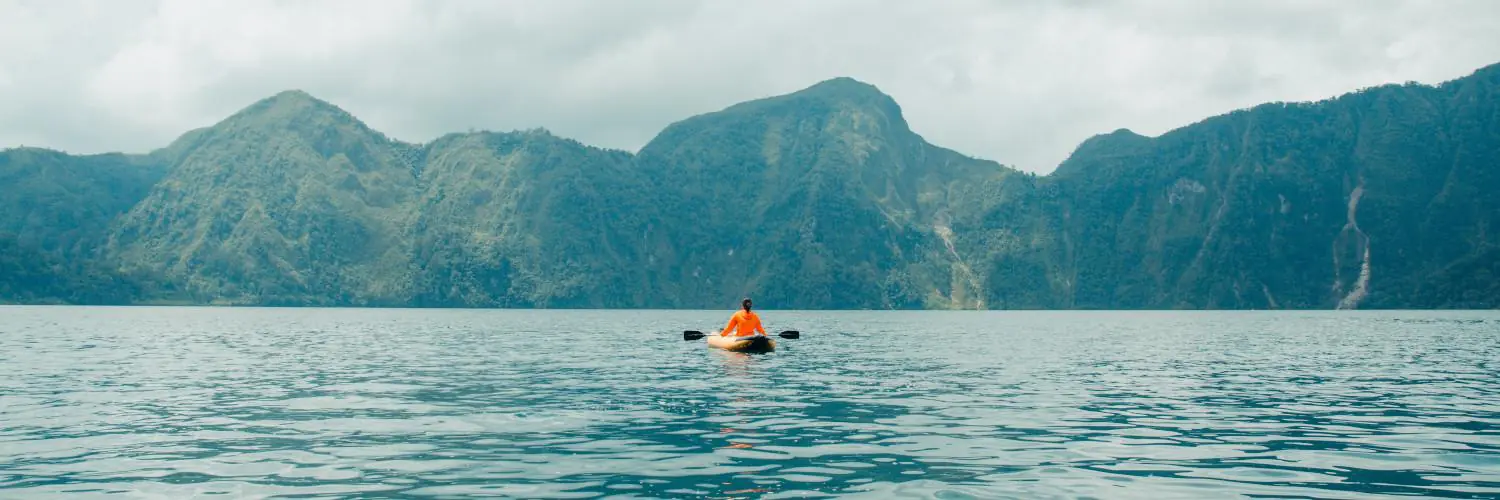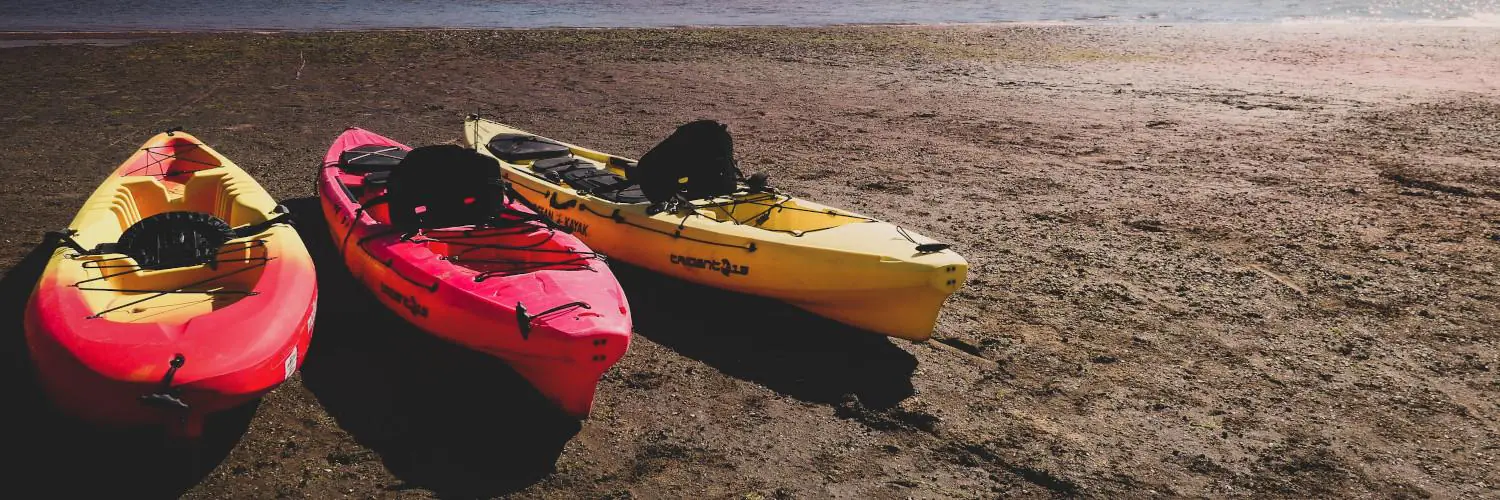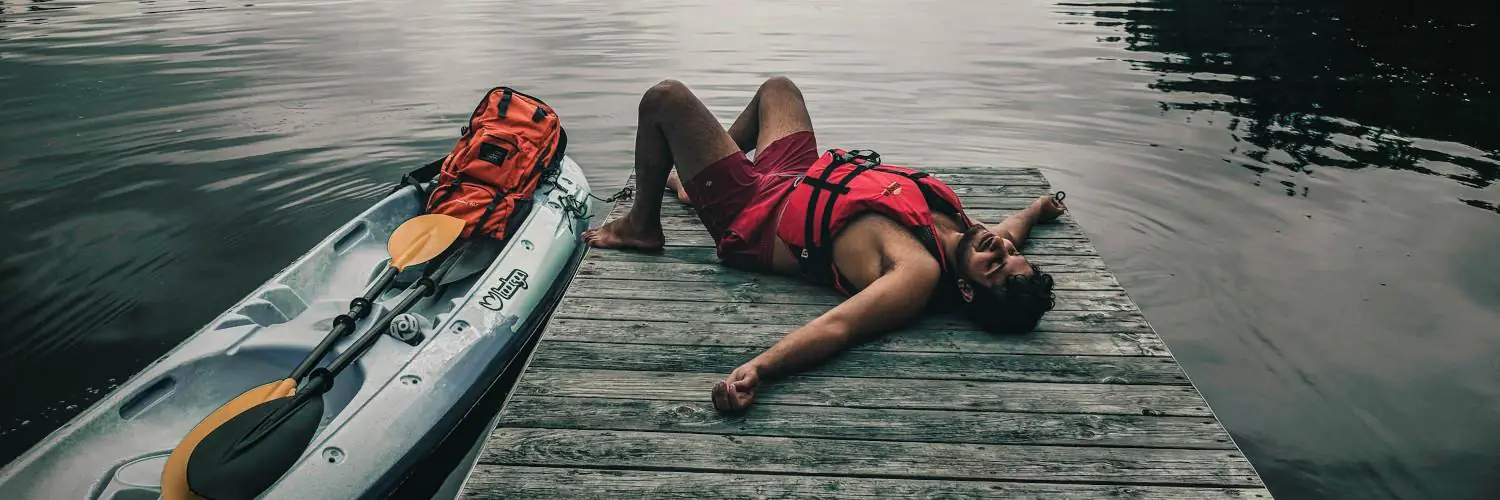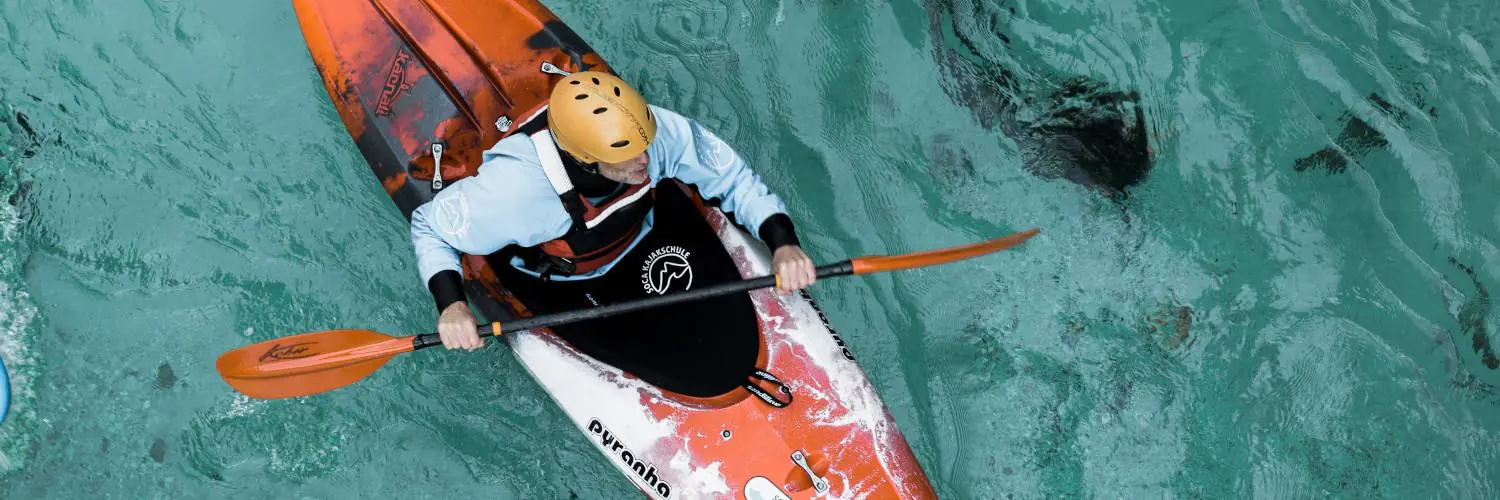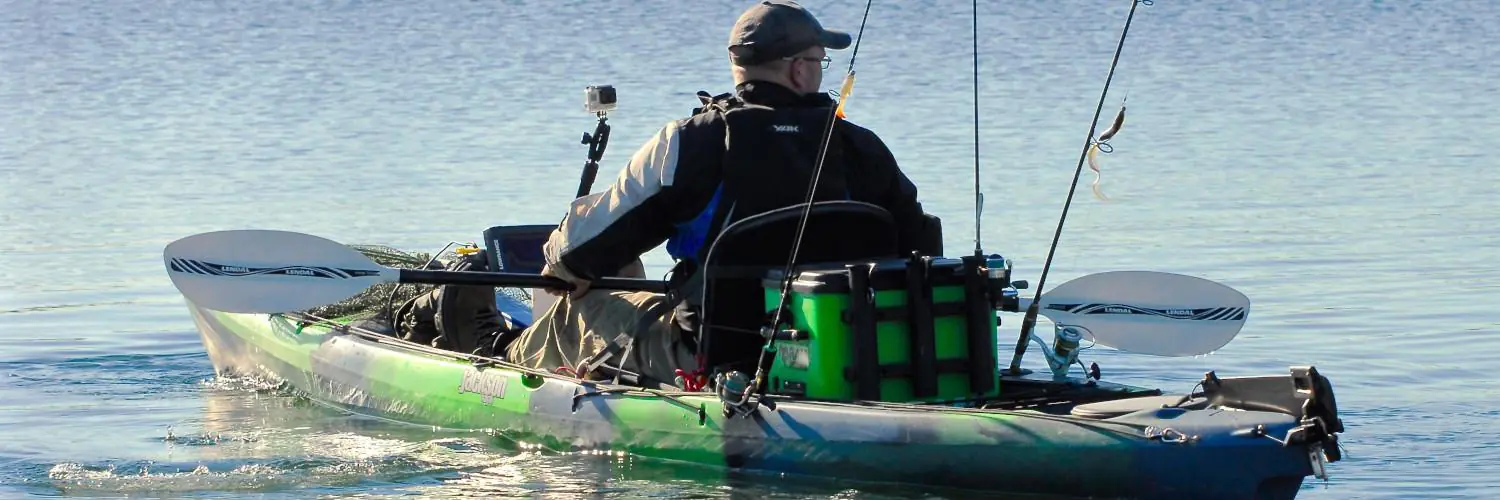When a kayak flips over, it presents a situation that requires calm, swift, and effective action to ensure safety. Capsizing can occur to both novice and experienced kayakers, often due to factors such as sudden changes in weather, water currents, or loss of balance. Preparing for the possibility of flipping is critical. Kayakers should familiarize themselves with capsize recovery techniques and ensure that they have the necessary safety equipment, such as personal flotation devices and possibly a whistle for signaling help.
Essential to the procedure of righting a capsized kayak is the ability to remain composed. Panic can lead to exhaustion or poor decisions, escalating the risk. After a flip occurs, securing the paddle and approaching the kayak at the center point—where the seat is located—allows for better leverage to flip the boat back over. Paddling alone brings added challenges, therefore, knowing how to re-enter the kayak unassisted, or how to signal for assistance, is important.
Safety training and preparedness underpin the kayaker’s ability to effectively respond to a flip. Practice of the recovery techniques in a controlled environment enhances muscle memory and confidence, decreasing the likelihood of an emergency. By preparing for the event of a capsized kayak, one can enjoy the sport with the reassurance that they have the tools and knowledge to handle such incidents.
Table of Contents
Understanding the Basics of Kayaking
Before venturing into the water, one must understand that kayaking involves selecting the appropriate equipment and mastering specific techniques that ensure a stable and enjoyable experience.
Choosing the Right Kayak
When selecting a kayak, a paddler should consider the type of kayaking they plan to do, as different designs cater to various water environments and activities. Here are a few considerations:
- Recreational Kayaks: Ideal for calm waters, these are stable and easy for beginners to balance.
- Touring Kayaks: Longer and narrower, offering more efficiency for long paddles on open waters.
- Whitewater Kayaks: Compact and agile, designed to maneuver through rapid and challenging courses.
Choosing the correct type of kayak enhances the paddler’s ability to maintain stability and balance on the water.
Kayaking Techniques and Stability
Effective paddling techniques are crucial for maintaining balance and ensuring stability in a kayak:
- Paddle Grip: Hold the paddle with hands shoulder-width apart, keeping relaxed but controlled.
- Stroke: Use torso rotation rather than arm strength for efficient paddling power.
- Balance: Keep the body’s center of gravity low and practice shifting weight to respond to the kayak’s movement.
Understanding the dynamics of stability and mastering these techniques help prevent capsizing and contribute to a safer kayaking experience.
Preparatory Safety Measures
Before venturing into kayaking, it’s imperative that individuals adopt preventive strategies to ensure their safety on the water. This involves equipping themselves with the proper safety gear and honing their kayaking skills.
Essential Safety Gear
Safety in kayaking begins with the selection and use of appropriate safety equipment. The most critical item is the personal flotation device (PFD), commonly referred to as a life jacket. It’s vital that the PFD is U.S. Coast Guard-approved, fits snugly, and is suitable for the kayaker’s weight and water activity type.
- Personal Flotation Device (PFD): Ensure it’s the correct size and type for kayaking.
- Helmet: A protective helmet is crucial in rocky or rapid waters.
- Spray Skirt: Used in sit-inside kayaks to prevent water from entering.
When fitting a life jacket, they must ensure that it is tight enough that it cannot be pulled up over their head but allows for full range of motion for paddling.
Practicing Essential Skills
Preparation goes beyond equipment; kayakers must also practice key skills in a safe environment. They should learn how to effectively execute a wet exit in the event of a capsize. This skill requires training on how to safely disengage from the kayak and resurface.
- Capsizing and Re-entry: Train how to right the kayak and re-enter safely from the water.
- The Wet Exit: Practicing this maneuver helps to escape the kayak if it flips or sinks.
Regular practice of these skills instills confidence and proficiency, which are essential for ensuring safety during an unexpected kayak capsize.
Techniques for Preventing Kayak Flips
To prevent capsizing, kayakers must prioritize balance and technique. Mastering paddle handling and understanding how to maintain stability are essential. These skills not only improve safety but also enhance the overall paddling experience.
Proper Paddle Handling
Good paddle technique is crucial to prevent flipping and effectively manage various water conditions. Here are specific aspects to focus on:
- Forward Stroke: They should ensure a forward stroke is close to the kayak to keep the momentum straight and avoid veering.
- Sweep Stroke: They can perform a sweep stroke on one side to turn the kayak while maintaining the center of gravity.
- Low Brace: They should use a low brace to keep their center of gravity low and push against the water surface for stability, especially in waves.
Maintaining Balance and Stability
Balancing a kayak involves maintaining the center of gravity. Here is what kayakers should remember:
- Stable Posture: They need to sit upright with their feet properly positioned on the footpegs and their thighs making light contact with the thigh braces.
- Hip Movement: They should allow their hips to move freely with the kayak’s motion, which helps absorb movements from waves or sudden shifts.
- Lean Techniques: They must practice leaning techniques, such as edging, where they tilt the kayak slightly to one side using their hips, without altering their upper body position. This helps navigate through turns and maintain stability.
The Wet Exit: How to Safely Exit a Capsized Kayak
When a kayaker capsizes, a controlled wet exit is crucial for safety. The wet exit allows the kayaker to escape the cockpit and avoid being trapped underwater.
Exiting the Cockpit
Step 1: Before capsizing, the kayaker should ensure the spray skirt’s grab loop is easily accessible. Once inverted, they must find the loop.
Step 2: The kayaker must then sweep or pull the grab loop to detach the spray skirt from the cockpit rim.
Step 3: With the skirt removed, they place their hands on the sides of the cockpit and push their knees together to free themselves.
Step 4: They should then push themselves forward and upward out of the cockpit, coming clear of the kayak.
Staying Calm Underwater
A kayaker must maintain their composure when underwater. Panicking increases the risk of injury and complicates the exit process.
- Technique for Calmness: Upon capsize, they should take a deep breath before becoming submerged and consistently remind themselves that they have practiced for this scenario.
- Procedural Recall: Methodically executing the previously practiced maneuvers will help a kayaker remain focused and efficient, facilitating a swift and safe exit from the capsized kayak.
Recovery Techniques Post-Capsize
When a kayak capsizes, the paddler must employ recovery techniques to ensure safety and continuation of the journey. Efficient and prompt actions are critical to getting back in the kayak.
Self-Rescue Methods
Wet Exit and Re-entry: After capsize, the kayaker should perform a wet exit, detaching themselves safely from the kayak. To re-enter, they must flip the kayak upright; a technique commonly used involves pushing down on one side of the kayak while pulling on the other.
- Re-entry with a Paddle Float: A paddle float can provide added stability during re-entry. The paddler secures the float to one end of the paddle, creating an outrigger for balance. They then re-enter the kayak from the water, using the paddle float for support.
- Use of a Bilge Pump: Once back in the kayak, water may need to be removed. This is where a bilge pump is instrumental, allowing the paddler to evacuate the accumulated water efficiently.
Assisted-Rescue Techniques
Assisted Rescue by Another Paddler: When kayaking with a partner, capsizing can be managed through team effort. The rescuer’s kayak can be positioned perpendicular to the capsized one, offering a platform for the victim to right the kayak and re-enter with assistance.
- T-Rescue: A common assisted method is the T-rescue, where the rescuer assists in flipping the capsized kayak upright and stabilizes it while the other paddler re-enters.
Effective recovery from a capsized kayak entails knowledge of both self and assisted rescue techniques, quick actions to right the kayak, and proper use of gear such as paddle floats and bilge pumps.
Navigating Rough Water and Weather Conditions
When kayaking in rough water and adverse weather conditions, kayakers must be vigilant and informed. They need to understand water behavior and use effective paddling techniques to ensure safety.
Identifying and Avoiding Hazards
Before entering rough waters, kayakers should analyze the conditions, looking for tell-tale signs of potential hazards. Spotting whitewater, rapid changes in water flow, or waves indicating underwater obstructions is critical. They should also be aware of weather forecasts to avoid being caught in unexpected storms or wind that can exacerbate water conditions.
- Checklists for hazard identification:
- Look for irregular wave patterns
- Identify areas of whitewater or rapid flow
- Monitor weather conditions for changes
Techniques for Paddling in Rough Water
Once on the water, maintaining control is vital. Paddlers should keep their boats perpendicular to waves to minimize the risk of capsizing. Strokes should be strong and deliberate, with emphasis on maintaining momentum and steering clear of obstructions.
- Key paddling techniques:
- Low brace: to maintain stability when a wave hits
- High brace: for more aggressive wave encounters
- Draw stroke: to navigate away from hazards quickly
By understanding and respecting the power of rough waters, kayakers can enjoy a safe journey, even when faced with challenging conditions.
Returning to Shore After a Flip
When a kayak flips over, a paddler needs a clear strategy for re-entry and recovery, with safety as the primary concern. The process involves orienting oneself toward safety and effectively using the paddle to navigate back to shore.
Orienting Yourself Toward Safety
Once the kayak is upright, the kayaker’s first task is to re-enter the kayak if they have been ejected. They should ensure their head is above water and take a moment to locate the nearest shore. During this time, they must remain calm and conserve energy for the re-entry and the return to shore.
Using Your Paddle to Navigate
After re-entry, the paddler should secure their paddle and begin to use it to steer toward safety. Efficient paddle strokes are crucial: long, deep strokes on the side opposite to where they wish to turn will help maneuver the kayak in the intended direction. The paddler should always keep an eye on their destination and adjust their paddling technique as needed to account for currents and wind.
Additional Tips and Tricks for Kayakers
Enhancing one’s kayaking experience requires attention to detail and the application of specific techniques. This section provides guidance on avoiding common errors and mastering advanced paddling methods, ensuring kayakers navigate with skill and safety.
Avoiding Common Mistakes
When new to kayaking, enthusiasts often makepreventable mistakes. Novices should ensure proper weight distribution within the kayak to maintain balance and stability. Misjudging this can lead to capsizing, particularly in recreational kayaks which have differing buoyancy dynamics. Those who are unfamiliar with kayak safety techniques should practice exiting a kayak in shallow water, where risks are minimized.
It’s crucial for recreational kayakers to select the appropriate kayak for the water body they intend to use it on – be it lakes, rivers, or coastal waters. Sit on top kayaks, due to their ease of entry and exit, are often recommended for beginners and are most forgiving if one should fall out.
Advanced Paddling Techniques
Advanced paddlers should focus on mastering bracing to prevent capsizing. Bracing involves using the paddle to create resistance against the water, providing support to the kayak when it tilts. This skill is particularly useful in choppy waters or rivers with strong currents. While paddling, one should implement:
- High Brace: Use when the kayak is tilting away from the paddler.
- Low Brace: Use when the kayak is tilting towards the paddler.
Incorporating thoughtful techniques into strokes, such as sweep strokes for turning and draw strokes for lateral movement, allows for fluid navigation through diverse water conditions. A paddler should also maintain an upright posture to facilitate more effective torso rotation, enhancing power and reducing fatigue.

